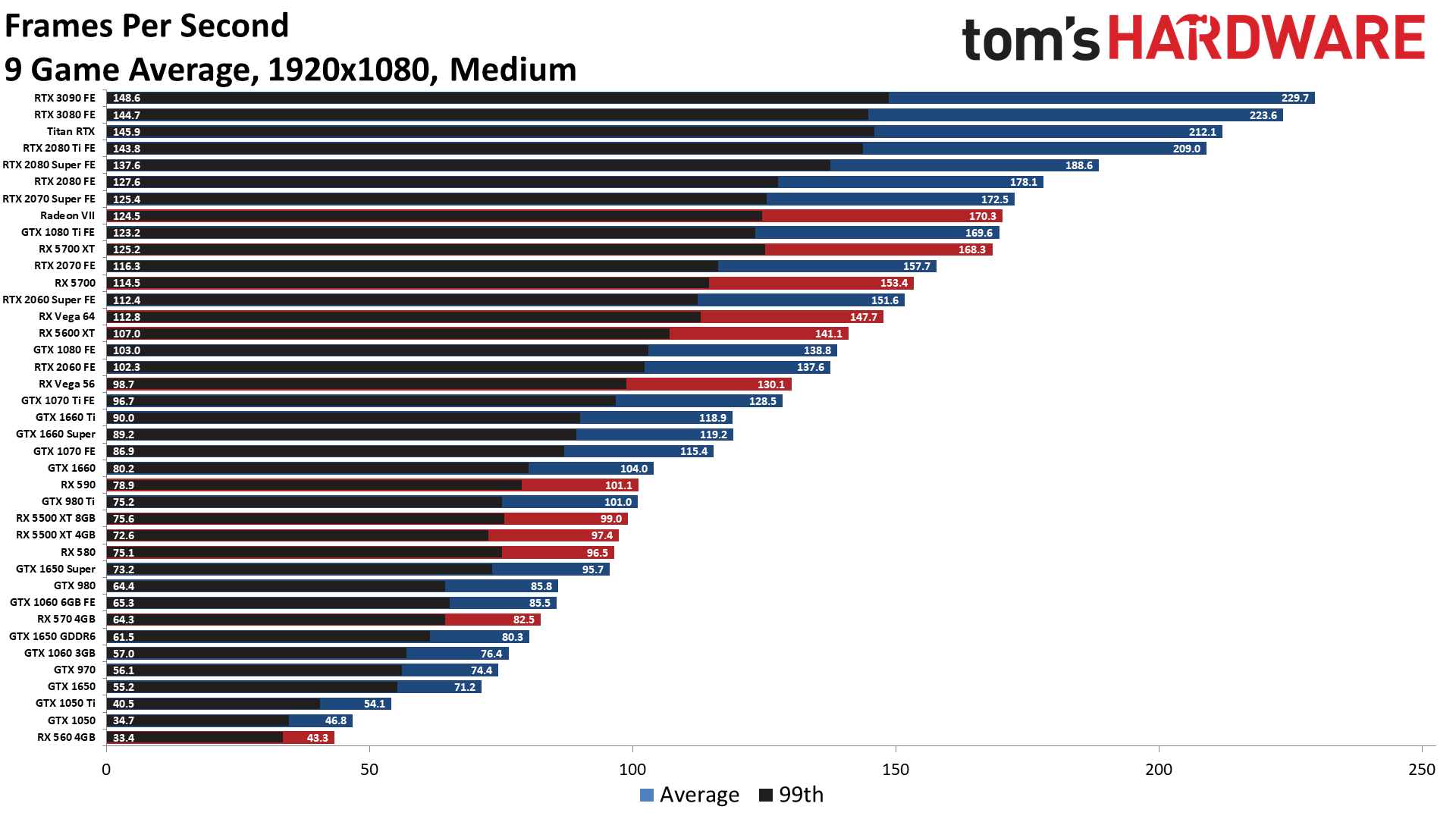

Beyond this illustrative and artistic goal, texture mapping can be used to annotate molecular representations. Recently, Weber added texture mapping onto ribbon representations thus creating some appealing pictures. New graphics card capabilities open the door for improving illustrative rendering. These techniques were used on a sim- plified visualization of signal transduction in a cell (consisting of cylinders representing the cytoskeleton and spheres representing the signal proteins) and can also be applied to more detailed molecular models. have applied depth blur in combination with colour desaturation, thereby drawing the attention of the user to a region of interest, while simultaneously clarifying the depth complexity of the scene (Figure 5C).

Blur effects can also emphasize the depth of field. , where the molecule itself is rendered as a blurry density gradient, providing the context for the cavities, which are extracted by seg- menting the volume. Another application of volumetric representations was recently presented by Phillips et al. The method of Lee and Varshney is based on using multi-layered transparent surfaces to create the blur effect while the method of Schmidt-Ehrenberg et al. These methods are particularly well suited to represent metastable conformations of molecules or superimpose docking ligand poses. An interesting method to represent the uncertainty in atomic positions without over- crowding the scene is to use blur effects. This method is limited in the number of snapshots that can be taken into account in order to avoid over- loading the scene and still obtain a comprehensible representation. describe programs to create and visualize molecular motions and propose to superimpose several dynamic snapshots. In contrast, molecular dynamics simulations are widely used to investigate molecular functions and generate dynamic data. However, techniques such as X-ray crystallography, used to determine molecular structures, depict static objects.

This property is particularly important for protein function or for adaptation of therapeutic molecules to a binding site.


 0 kommentar(er)
0 kommentar(er)
